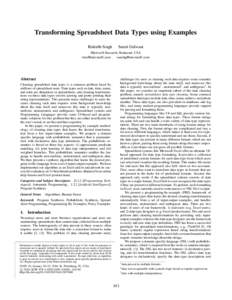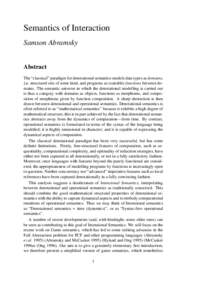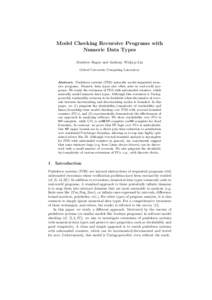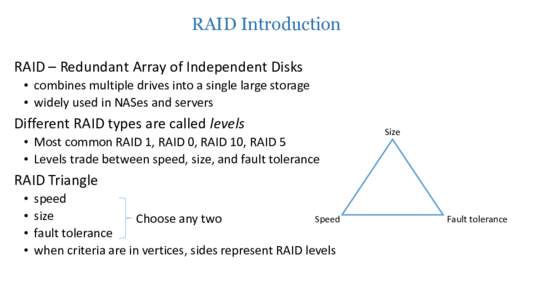<--- Back to Details
| First Page | Document Content | |
|---|---|---|
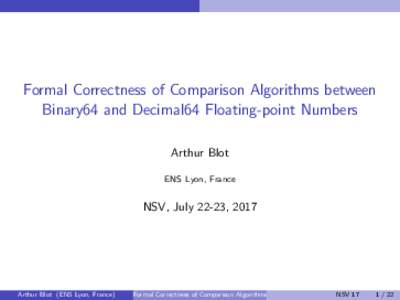 Date: 2017-07-31 08:52:27Computer arithmetic Arithmetic Computing Binary arithmetic Theory of computation Data types IEEE standards Decimal64 floating-point format IEEE 754 Double-precision floating-point format cole normale suprieure de Lyon Algorithm |
Add to Reading List |
 Formal Correctness of Comparison Algorithms between Binary64 and Decimal64 Floating-point Numbers Arthur Blot ENS Lyon, France NSV, July 22-23, 2017
Formal Correctness of Comparison Algorithms between Binary64 and Decimal64 Floating-point Numbers Arthur Blot ENS Lyon, France NSV, July 22-23, 2017